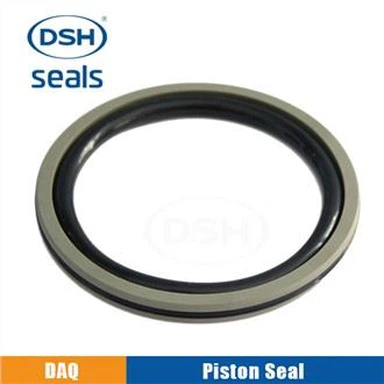Understand The Composition Of The TC Skeleton Oil Seal
Oct 10, 2022
The skeleton oil seal is a typical representative of the oil seal. Generally speaking, the oil seal refers to the skeleton oil seal. The function of the oil seal is generally to isolate the parts that need to be lubricated in the transmission parts from the external environment, so as not to allow the oil to leak. It is widely used in gasoline engine crankshafts, diesel engine crankshafts, gearboxes, differentials, shock absorber, engines, axles and other parts.
The skeleton oil seal structure consists of three parts: the oil seal body, the reinforced skeleton and the self-tightening coil spring. The sealing body is divided into bottom, waist, cutting edge and sealing lip according to different parts.
To design an oil seal, you need to know key data such as the diameter of the shaft, the inner diameter of the mounting hole, and the depth of the assembly shell, and then from: oil seal height design, outer diameter size design, oil seal lip design, skeleton outer diameter hanging glue thickness design, design of auxiliary lip, design of eccentric value, design of waist, design of skeleton, design of oil line direction, design of diameter of spring groove;
To design an oil seal, you need to know key data such as the diameter of the shaft, the inner diameter of the mounting hole, and the depth of the assembly shell, and then from: oil seal height design, outer diameter size design, oil seal lip design, skeleton outer diameter hanging glue thickness Design, design of auxiliary lip, design of eccentric value, design of waist, design of skeleton, design of oil line direction, design of diameter of spring groove;
The sealing principle of the oil seal is that there is an oil film controlled by the oil seal edge between the oil seal and the shaft, and the oil film has the characteristics of fluid intercalation. Under the action of the surface tension of the liquid, the rigidity of the oil film is just right to form a meniscus at the contact end of the oil film and the air, preventing the leakage of the working medium.







